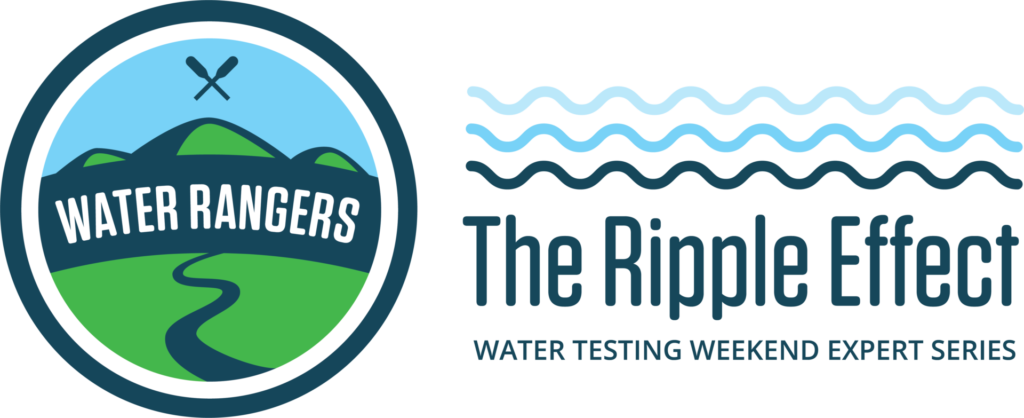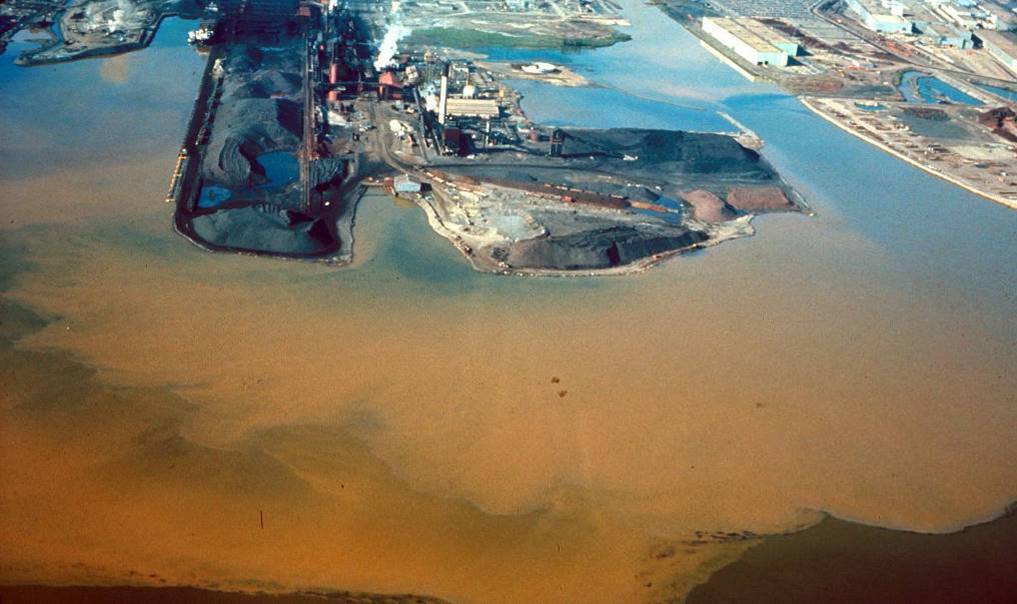Ripple Effect Episode 5: Healing Hamilton’s relationship with its water
This month, Water Rangers met with the Bay Area Restoration Council to profile BARC’s mission representing the public interest in the restoration of the Harbour and its watershed.

Welcome to the July edition of The Ripple Effect! Each month, we host Water Testing Weekend. On Water Testing Weekend (the last Sunday of every month), we encourage you to get out and test your local waterway. As part of these water testing celebrations, we host water testing and stewardship activities, with interviews with experts and community members. The Ripple Effect will be shared on the Friday of testing weekends.
When it comes to protecting waterways, community-based water monitoring is often just one piece of an incredible ecosystem of actions. So, we’ve recruited experts to help us all deepen our knowledge and bring us new ideas. They’re community champions, data experts, scientists, knowledge holders, and more. Join us as we learn from these experts and deepen our knowledge of the monitoring ecosystem
Introducing BARC, the Bay Area Restoration Council
Hamilton Harbour, located in the west end of Lake Ontario, is one of Canada’s 12 Areas of Concern (AOC) in the Great Lakes. As challenging as addressing the severe degradation of Harbour’s water is, healing the city’s broken relationship with the bay is proving equally complex.
The Bay Area Restoration Council (BARC) is a registered charitable non-profit organization. Formed in 1991, BARC represents the public interest in the restoration of Hamilton Harbour and its watershed. BARC is responsible for community engagement and educational activities in the implementation of the Hamilton Harbour Remedial Action Plan. BARC encourages public understanding and citizen action through school programs, volunteer participation, public workshops, evaluative reporting on current issues and opportunities for digital communications.
What is an AOC?
An AOC is an area of concern. In 1987, under the Great Lakes Water Quality Agreement 44 AOCs in Canada and the US were identified. AOCs are areas where environmental degradation has led to the decline of ecosystem health locally and to the Great Lakes Basin more widely. Hamilton Harbour is one of 12 Canadian AOCs. To remediate the damage in each AOC, government, community, and industry partners are undertaking Remedial Action Plans to restore environmental health in their local areas.
Improving the health of Hamilton Harbour means mending relationships with the water
The relationship between Hamiltonians and their water is a complicated one.
Chris McLaughlin, Executive Director, BARC
Chris McLaughlin, BARC’s Executive Director, and Grace Hunter, BARC’s Program and Communications Coordinator toured with Graham Perry, Water Ranger’s Science Communications Coordinator in the watershed. They focused on how much Hamilton’s Remedial Action Plan has improved the water, and the long journey left in healing both the water and the city’s broken relationship with Bay.
Descriptions of the Hamilton have been negative for a long time, often based on encountering the stinking harbour while driving over the Burlington skyway. Hamilton’s nickname, the “steel city”, and its sticky reputation of being a dirty city are fueled by 150 years of heavy industry in the harbour and the severe environmental ramifications it caused.
Hamilton was once a pristine and thriving ecosystem, with wetlands, protected inlets, and shallows that supported Indigenous and settlers communities. But canals were dug, and infill and development eliminated more than two-thirds of the bay’s original landscape. Coal gasification, petroleum refining, steel production, paired with the sewage and stormwater from three municipalities left the water in Hamilton Harbour severely polluted and unable to support life. Metals, polycyclic aromatic hydrocarbons (PAHs), polychlorinated biphenyls (PCBs), and other hazardous chemicals released into the harbour, led to the Harbour being the one of the largest concentrations of heavy industry in Canada.

When a reputation is based on reality, it’s little wonder people turned their back on the bay. The relationship between the community and the water in Hamilton has suffered.
It’s not uncommon for individuals and communities to respond to long term fouled water by withdrawing from the water. People turn away or avoid these polluted lakes and rivers. Even after some waters recover, long term or temporarily, people look at the lakes differently. Apprehension, lack of trust, disgust and great sadness are all common feelings.
Mending a community’s severed relationship with unhealthy water is never easy. When that water is the Hamilton Harbour the challenge is 10 fold. When people are deprived of access to their water, even temporarily, the outfall list is long: grief, loss of cultural touchstones, loss of traditional foods and harvesting practices, loss of the extensive mental and physical health benefits of being on and by the water, the loss of sacred spaces and gathering places for family and friends.
Community science as a tool for remediation of both the water’s health and the connection with the Harbour
“Governments can’t do this work themselves,” says Chris McLaughlin. “They need the community.” BARC volunteers help by collecting water quality data. BARC is focused on getting the investment from the public and pushing community science here in Hamilton Harbour watershed. The program also helps get people to the water, interacting with the watershed, and forming new relationships; a critical step in not on the remediation of the water, but in ensuring its protection long term.
What is a RAP?
A Remedial Action Plan, or RAP, is essentially the clean up plan for an Area of Concern (AOC). The remediation of an AOC requires the implementation of a RAP, as mandated by the Great Lakes Water Quality Agreement (GLWQA). A targeted RAP is assigned to each AOC and the area cannot be recognized as remediated until all stages of the RAP are completed and documented. Read more about RAPs here.
BARC volunteers monitor approximately 13 locations in Hamilton Harbour and its watershed, including places like Spencer Creek. This program, called the Community Water Leaders program, runs for 8-12 weeks. Participants attend weekly workshops about watershed issues and test water quality at designated locations for the first 6 weeks of the season.
“We want to connect people to the Hamilton Harbour watershed in the best way to do that is to get them actually out here and using the equipment,” says Grace, the program and communication coordinator for Bay Area Restoration Council.
There is still a long way to go in Hamilton Harbour’s remediation, but there is much to be proud of in terms of how many of the remedial action items have been achieved. BARC’s work to foster curiosity, excitement, and a sense of responsibility are crucial.
Thank you, BARC!
Learn more
Visit BARC’s website for more information on the program or to apply for the next cohort: hamiltonharbour.ca
Visit BARC’s data on Water Rangers’ data platform here.
Ripple Effect series
Access previous episodes of the Ripple Effect here
Episode 1: River Wey Trust
Episode 2: Annie Michaud (Niagara)
Episode 3: Lawrence Gunther and Blue Fish Canada (St. Lawrence River)
Episode 4: Les Scientifines